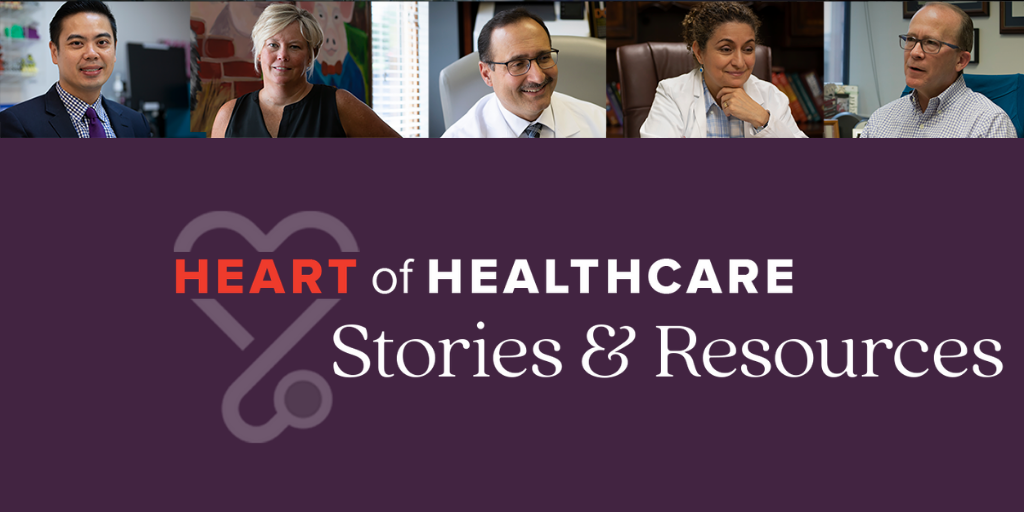Disclaimer: The views and perspectives in this blog post are not necessarily reflective of the American Academy of Pediatrics.
In my years practicing medicine, the way we define “doctor” has undergone a dramatic shift. Years ago, doctors were people who knew medicine — what symptoms to look for, what drugs to prescribe, what bedside manner to adopt. That’s still true, of course, but now patients are a much more informed and engaged part of that relationship.
Our growing understanding of the social determinants of health has given us a richer, more expansive vocabulary to describe our vocation, and a more nuanced portrait of what practicing medicine entails.
As a pediatrician, my patients aren’t exactly responsible for their health. Parents and caregivers let them know when to take their medications, when to sleep, when to eat, when to play. In a similar way, social determinants of health play a dominant role in the well-being of the people we as doctors care for every day – factors that are largely out of many individuals’ control. Homelessness, food insecurity, education, employment, and transportation traditionally were not thought to be within the scope of medical practice. However, a growing body of evidence suggests otherwise. We’re seeing more clearly how connected these societal factors are intertwined with health outcomes.
Increasingly, doctors are taking on roles beyond the one in the clinic or at a patient’s bedside.
Doctor as Social Worker
The biggest issue facing children is poverty. One in five U.S. children lives in poverty, and the trauma of poverty exposes children to lifelong harms. The consequences aren’t solely psychological; trauma negatively affects birth weight, mortality, immunization, nutrition, and development, and it stunts areas of the developing brain used in critical thinking, reading comprehension, learning, and language.
As doctors, we’re positioned to be able to work to reduce poverty, which costs our nation $500 billion in lost productivity and adverse health outcomes every year. We can offer immediate care by aligning with food banks or shelters, but we can also work toward policies that break the generational, cyclical nature of poverty.
Doctor as Advocate
As a pediatrician, my policy has always been to put children first. That means all children, not just the ones who live near us or look like us. To that end, we need to advocate for equitable systems that recognize the unique and diverse challenges different children face.
The American Academy of Pediatrics (AAP) has taken stances against gun violence, corporal punishment, and harsh verbal abuse when “disciplining” children. We’ve also advocated for more playtime, which children greatly need in this era of smartphones and screen time. My interest in this field began when I served on the legislative board of the AAP Georgia chapter. I worked to end child abuse, support women’s shelters, and encourage the local Girl Scouts troop.
I urge my colleagues in medicine to advocate for programs that help their patients. For me, that includes funding for evidence-based programs like Head Start and Early Head Start, Medicaid expansion, CHIP, SNAP, school meals, and groups who work to increase children and families’ access to healthy food, shelter, and child development. This advocacy should include work to remove barriers, so these important services are actually attainable.
Doctor as Teacher
Our patients today have greater access to information than ever before, but we still need to ensure that they’re properly equipped to understand their care plan. This means increasing health literacy. A patient’s education level is a major factor, and so is poverty, which is closely tied to lower reading comprehension and other cognitive abilities that may affect adherence.
Luckily, there are many steps you can take to align with your patients and meet them where they are to make sure they comprehend and can follow your advice. We can also help to make sure that patients are using any assistance available to them. Office staff is particularly helpful here. With some training, they can act as liaisons for community programs for job training (often available through public libraries), food banks, and other resources. Furthermore, they are an essential point of contact for identifying challenges your patients face and proposing solutions to combat them. For instance, they might notice that a lot of your patients would qualify for a Child Tax Credit, and thus add a tax tutorial booklet to the medical literature in the waiting room.
Doctor as Healer
As physicians, we are vital to the health of our communities. Now is the perfect time to reflect on the different, and very important, roles we play in each of our patients’ lives. Greater knowledge of the social determinants of health provide us with the information and framework to help us understand our patients, and when we understand our patients, we’re able to help them even more.










Related Articles
How to Keep Your Patients From Skipping Mammograms
Kristin Schraa, MD, with Virginia Women’s Center shares how women’s health providers can encourage patients ...
3 Ways Healthcare Can Integrate Behavioral Health and Primary Care
Integrating behavioral health with primary care can lead to better patient outcomes — but how ...
How Can Physicians Support Postpartum Mental Health?
On average, 13 percent of mothers in the United States will develop symptoms of postpartum ...
Engaging Patients in Annual Mammograms
Studies show that a little over 66 percent of women aged 40 and older get ...
What Do Medicare-Aged Patients Want in Their Healthcare?
Within the next 20 years, 20 percent of Americans will be 65 or older. It ...
How Health Systems Grow Stronger With Privia Health
Discover how we helped Health First upgrade technology, align physicians, and accelerate toward value-based care. ...